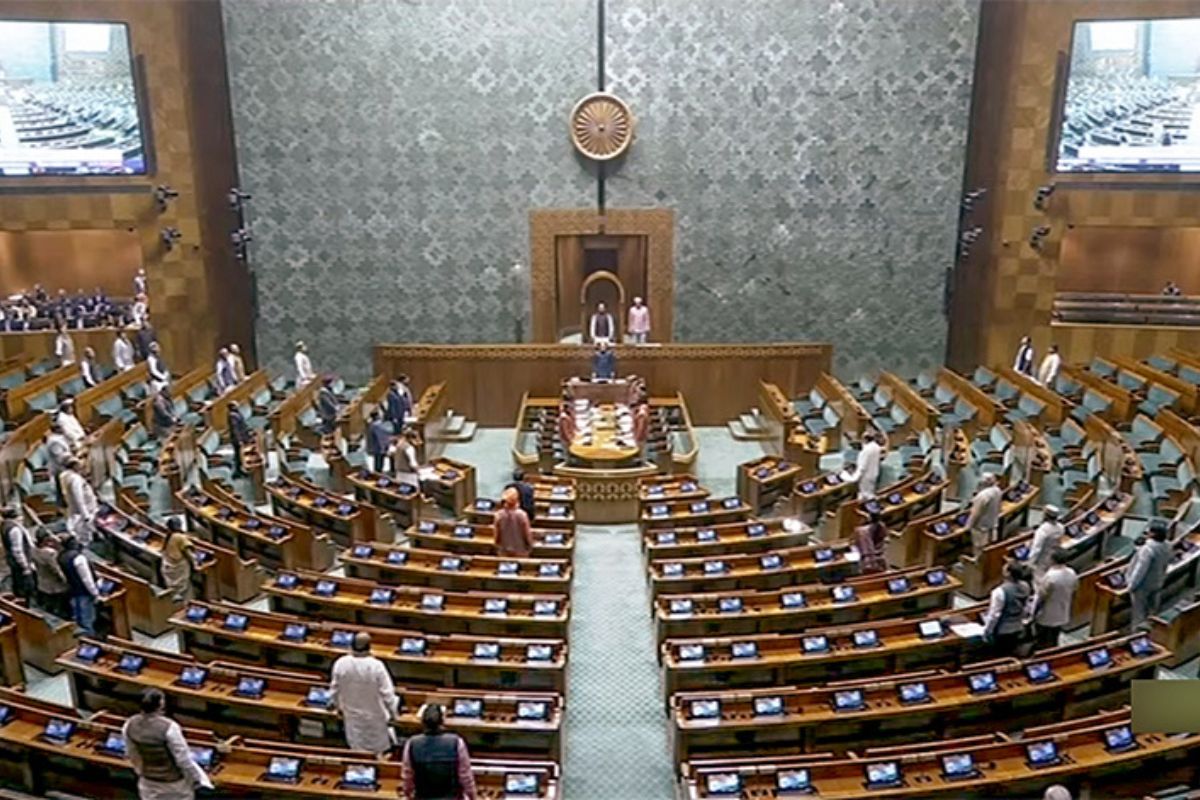As MPs complete their oath taking, an overlooked landmark in Indian democracy needs highlighting. For the first time since Independence, Other Backward Classes (OBCs) have achieved equal representation with upper castes, each with 26 per cent of the parliamentary seats. This shift is not just a statistical achievement but a profound transformation in the socio-political landscape of India, reflecting deeper changes in the electorate’s priorities and the political strategies of major parties.
Historically, Indian politics has been dominated by upper-caste representation, a vestige of colonial and precolonial socio-economic hierarchies. The underrepresentation of OBCs and other marginalised communities has perpetuated socio-economic disparities and limited their influence on national policy. The 2024 elections, however, indicate a pivotal change, suggesting that India’s democracy is becoming more inclusive and representative of its diverse population. Both the National Democratic Alliance (NDA) and the Indian National Developmental Inclusive Alliance (INDIA) have contributed to this increase in OBC representation. However, the dynamics within these coalitions differ significantly.
Advertisement
The NDA, while increasing its OBC MPs, still displays a bias towards upper-castes. This reflects the coalition’s traditional voter base and its attempts to balance representation with electoral pragmatism. On the other hand, the INDIA alliance, particularly the Congress party, has notably shed its historical upper-caste bias. This shift aligns with a broader strategy to appeal to a more diverse and inclusive voter base, recognising the growing political awareness and aspirations of OBC communities. The parity in representation marks a critical juncture for India’s social justice narrative.
It underscores the success of affirmative action policies and the socio-political mobilisation of OBCs over the decades. The Mandal Commission’s recommendations, advocating reservations in government jobs and educational institutions for OBCs, have gradually empowered these communities, culminating in their enhanced representation today. This development also raises important questions about the future trajectory of Indian politics. With OBCs achieving parity in the Lok Sabha, there is potential for more inclusive policy-making that addresses the unique challenges faced by these communities.
Issues such as education, healthcare, employment, and social welfare, which disproportionately affect OBCs, may receive greater attention and resources. Furthermore, this shift could encourage more OBC leaders to emerge, fostering a new generation of politicians who can bridge the gap between different socio-economic groups. However, the journey towards true equality and representation is far from complete. While OBC representation has improved, other marginalised groups, such as Scheduled Castes, Scheduled Tribes, and women, still face significant barriers to political participation.
Ensuring their equitable representation remains a critical challenge for Indian democracy. As India continues to grow and change, it is imperative that its democracy evolves to reflect the rich diversity of its people. This moment is not just a milestone but a call to action for further reforms that ensures every citizen has a voice in shaping the nation’s future. There is a rider, though: marginalised communities joining the political mainstream must not forget their roots and the interests of those they represent











